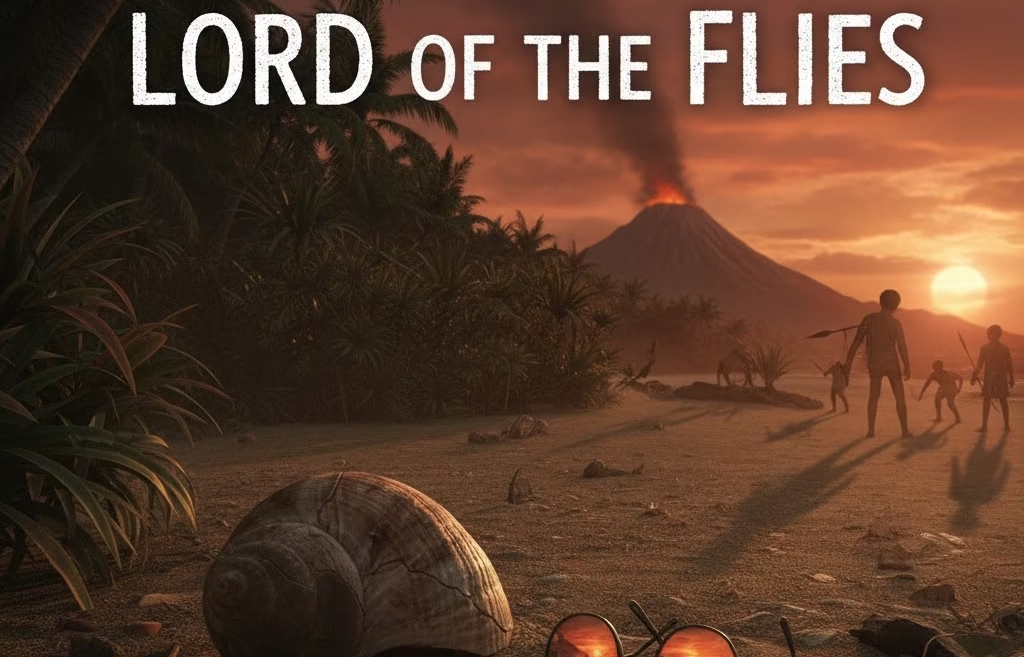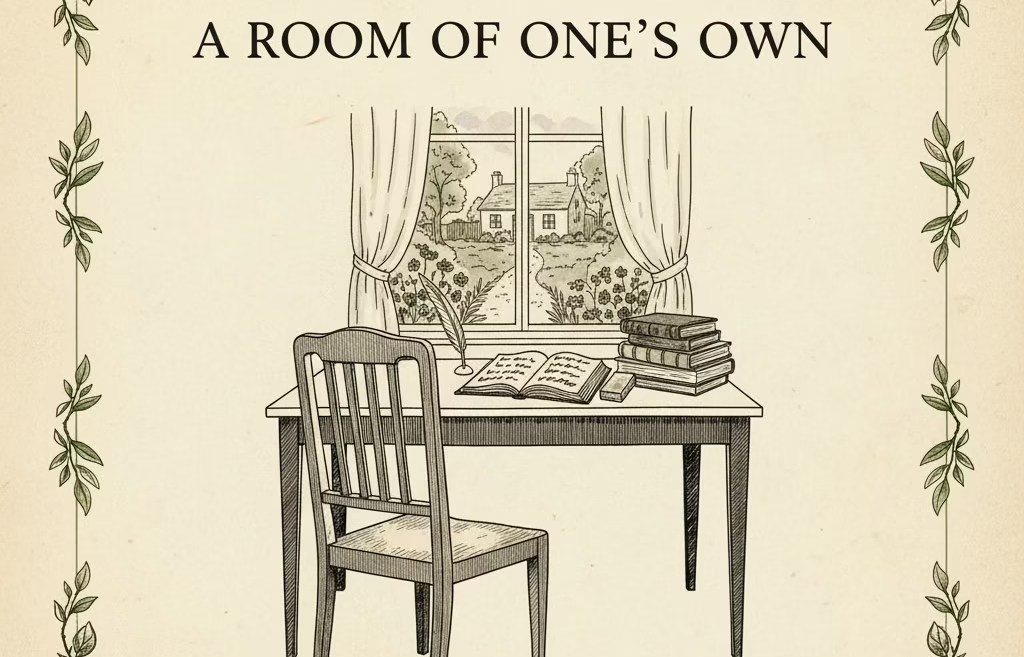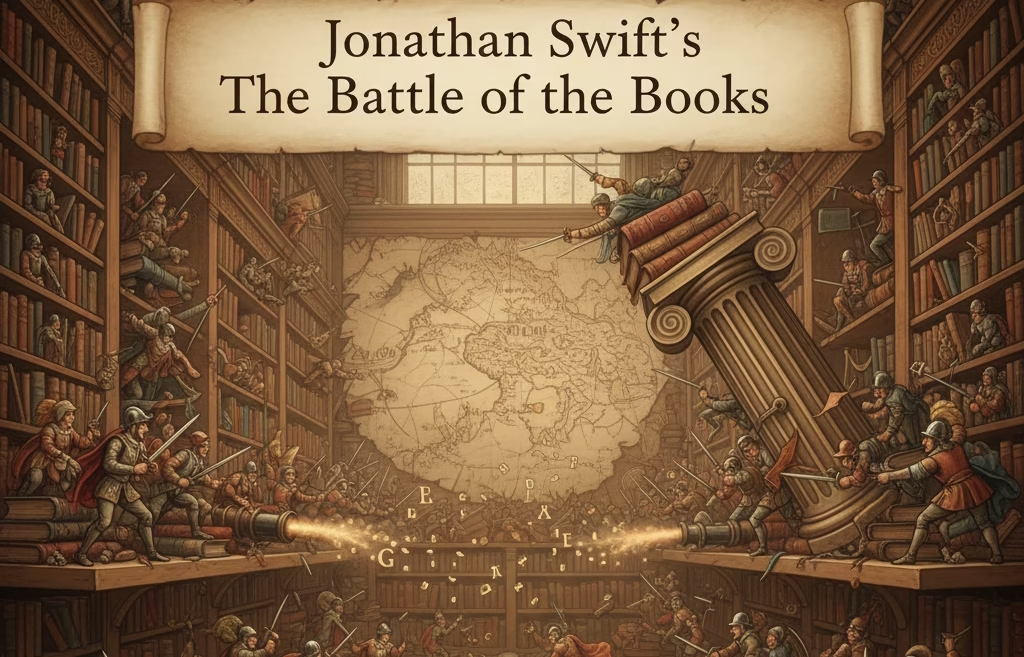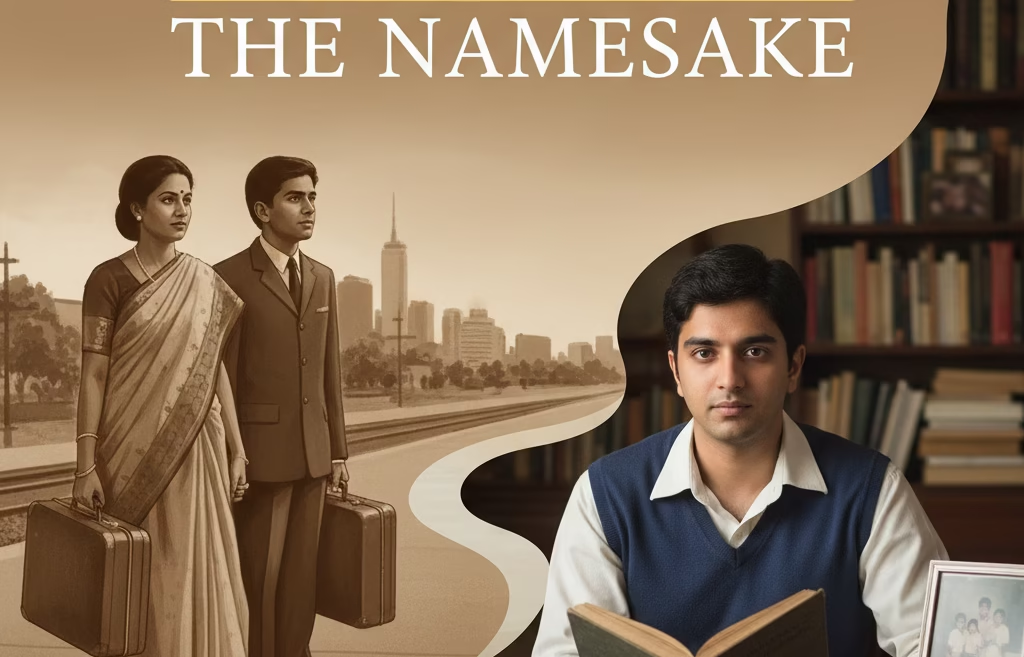Introduction
Mahasweta Devi Draupadi is not just a short story; it’s a tectonic shift in Indian literature. If you’ve felt literary texts can be safe havens from harsh reality, Devi’s “Draupadi” will shatter that illusion. The narrative, rooted in the turbulent soil of Bengal’s Naxalite movement, reverberates with themes of power, gender, violence, and resistance. But what sets this story apart isn’t merely its plot or its political subtext—it’s how Devi wields character, language, and symbolism to demand that we reckon with the uncomfortable truths of history and the ongoing struggles of the marginalised.
In this critical analysis, I unravel the intricate layers of “Draupadi,” drawing on literary theory, mythology, and contemporary social struggles—and I deliberately weave in the kind of reflective, human critique that academic jargon too often obscures or neglects.
Mahasweta Devi Draupadi Analysis
Literary Significance of “Draupadi”
When you think of “Draupadi,” your mind might travel first to the legendary queen of the Mahabharata—the woman for whom protection came via divine intervention. In Devi’s hands, though, the name is no longer a shield but a challenge: Why do only the privileged deserve salvation? What happens when the “divine” fails to appear?
Dopdi Mejhen: From Myth to Margins
Devi’s protagonist, Dopdi Mejhen, is a Santhal tribal woman—tough, defiant, and far from needing a savior. Her evocation of “Draupadi” is simultaneously a homage to myth and a critique of its limitations. Here’s a woman who, after relentless physical and sexual violence, refuses the comfort of victimhood or the silence of shame. Her body, violated but unbowed, becomes a political act, a site of resistance. FULL TEXT
Draupadi Critical Analysis: Power, Patriarchy, and Resistance
Mythological Resonances
The Mahabharata’s Draupadi is famed for her miraculous rescue—her sari endlessly lengthening as wicked hands attempt to strip her dignity. Devi’s Dopdi, though, rips her own clothes, standing defiantly nude before her oppressors. No miracle arrives. The contrast couldn’t be starker, or more loaded with social and feminist commentary:
“Draupadi tears off her clothes herself and establishes the point that she is in no way like the mythical Draupadi. As she does not have a Lord Krishna as a saviour, she has found her own way of resistance.”
The Body as a Site of Protest
In Mahasweta Devi Draupadi, the female body is transformed from site of shame into the locus of agency—a reversal that infuses every line with tension and power. Dopdi’s final gesture: standing naked, bloodied, and unafraid in front of Senanayak (her captor), subverts not only patriarchal expectations but the entire machinery of the state.
Devi’s genius is making us viscerally experience both the trauma and the possibility of defiance. FOR A DETAILED CRITICAL ANALYSIS
Dopdi Mejhen Resistance: Agency Beyond Victimhood
Subaltern Uprising
Dopdi isn’t merely a victim, nor is she a passive symbol of suffering. Her fight is contextually rooted in the real-world uprising of tribal peasants in Naxalbari, West Bengal, during the late 1960s to early 70s.
She is hunted as an “insurgent,”
Betrayed by state apparatus designed to “contain” rebellion,
Yet remains unbroken, refusing to give up her accomplices—her silence becomes her strength.
Subaltern Feminism: A New Language of Protest
Devi’s narrative works with the idea of “counter-marginalisation”—a process by which the oppressed re-position themselves as active subjects, not objects of pity or rescue. Dopdi’s transformation resonates with Spivak’s question: “Can the subaltern speak?” Devi seems to argue, through action and refusal, “Yes—on her own terms.”
Subaltern Literature India: Context, Conflict, and Commentary
Socio-Political Context
“Draupadi” is set during a period of brutal state suppression of tribal revolts—specifically, Operation Bakuli. This detail isn’t mere backdrop; it’s essential to understanding Dopdi’s world. Tribal struggles for land, dignity, and survival saturate this text.
Literary Techniques
Devi uses several key literary strategies to amplify her message:
Symbolic Naming: The interplay of “Draupadi,” “Dopdi,” and “Upi” illustrates identity’s mutability under oppression.
Juxtaposition: The epic past is placed against a violent present; savior-myths are put beside state violence.
Narrative Irony: A “wanted poster” for Dopdi/heroic documentation vs. her own reality of pain, resistance, and muted glory.
Reflective aside: There’s a sense, reading Devi, of being called to witness and bear moral accountability. You can’t turn away.
Intersectionality: Gender, Caste, and Class
Devi’s story transcends gender; she interrogates how caste and class always shape experiences of gender-based violence. Furthermore, Dopdi does not represent “everywoman;” instead, her tribal identity and poverty shape her experience, which deepens the text’s intersectional resonance.
Mahasweta Devi Draupadi : Major Themes
1. Violence and Its Legacies
Violence in “Draupadi” is not just personal, but structural—state-sponsored assaults, routine sexual violence, collective punishment. But each violation is met not with defeat, but a gesture that negates the aggressors’ power.
2. Language and Silence
Much of the power in Devi’s story derives from what is left unsaid. Dopdi’s silence under torture, her refusal to cry out, and her final mocking laugh—all become weapons.
“Her brutally wounded body can be scrutinized and sympathized with by the male power…but emotionally and psychologically she was comfortable with this arrangement.”
3. Identity, Naming, and Subversion
Who owns the right to myth? Dopdi’s various names through the narrative signal both fragmentation and reconstitution of her identity. For the powerful, names are tools of classification; for Devi, they are rallying cries, banners of resistance.
“Draupadi” in Present Times:
Reflecting on Dopdi’s story today, what stands out most to me is not just the horror of her assault, but her ferocious dignity. Her resistance is raw, stripped-down, almost primal—the kind of courage that feels both alien and necessary. In a world where too many still expect the oppressed to suffer quietly or look to distant “saviors,” Devi’s Dopdi is a stubborn, urgent reminder: sometimes, survival means rewriting the rules entirely.
Mahasweta Devi Draupadi : Reflections
I’ve read this story as a student, later as a teacher, and finally as a reviewer—and each time, new meanings unfurl. This is the brilliance of Devi’s prose: it’s never settled. Its rough edges jab at us, its ambiguities refuse closure, its ending punctuates but never consoles.
Most competitors’ articles I found tend to summarise the plot or retread established feminist/Marxist viewpoints. I think what’s missing is an examination of what this text feels like—how it destabilises even the reader, making you complicit and then challenging you to do something with the discomfort. READ MORE AUTHORS
Conclusion
Mahasweta Devi’s “Draupadi” is a relentless indictment of power and privilege, an elegy for unmet justice, and, above all, a clarion call for new ways of seeing and resisting. Moreover, By refusing to hide from violence, by rejecting both victimhood and the false promises of external salvation, Dopdi Mejhen becomes both symbol and subject: an icon of rebellion whose relevance feels undiminished—or perhaps even more urgent—today.
If you’ve never read it with your guard down, I urge you to. You might just find, like I did, that some stories don’t end at the closing line—they echo, unsettle, and demand that we change.
Draupadi Critical Analysis: FAQs and Further Thoughts
Q: Why is the ending of “Draupadi” considered radical?
Because for the first time, the subaltern woman claims agency not by waiting to be “rescued,” but by directly confronting her violators. This kind of narrative rebellion lingers in my mind for days whenever I teach or discuss it.
Q: How does Devi’s Draupadi compare to the epic Draupadi?
Devi’s character overturns the myth entirely. The epic’s Draupadi has a god protecting her; Devi’s Draupadi must become her own savior. The “miracle” gives way to a raw, fierce assertion of humanity.
Q: Is “Draupadi” only about gender?
No; to reduce it to just a feminist text is to miss its depth. It’s about tribal rights, the pain of displacement, the violence of the state, and yes, gender—but always in context, always intersecting with other forms of marginality.






1 Comment
[…] This oral quality enriches the reading experience by grounding the novel in cultural specificity. It suggests that the novel is not just a written artifact but a living conversation with Punjab’s collective memory. From a scholarly standpoint, this fusion highlights Singh’s innovative method of preserving oral histories within the structure of modern realist fiction, enhancing the novel’s authenticity and cultural resonance. EXPLORE OTHER WRITERS […]